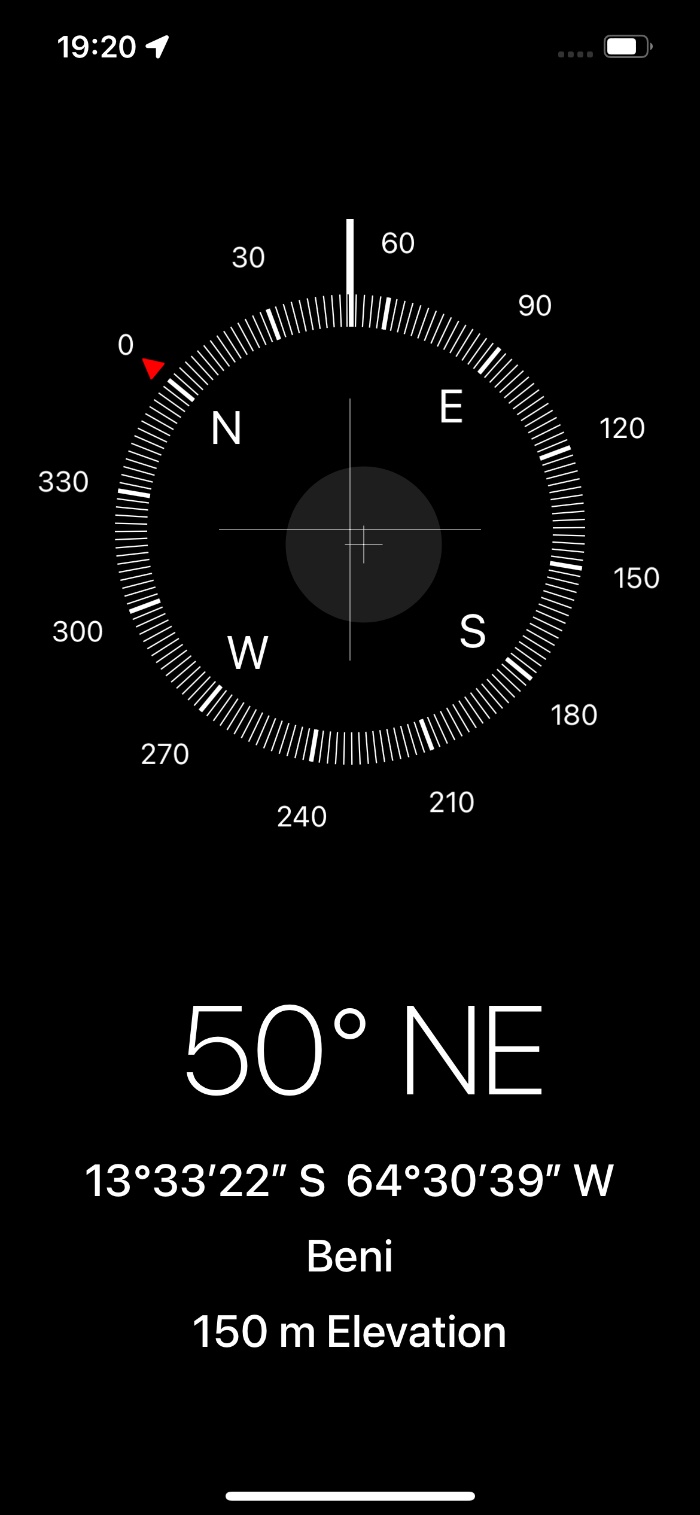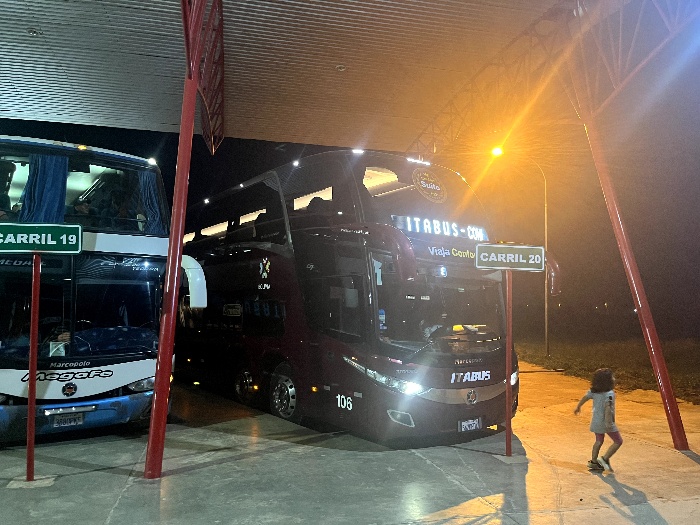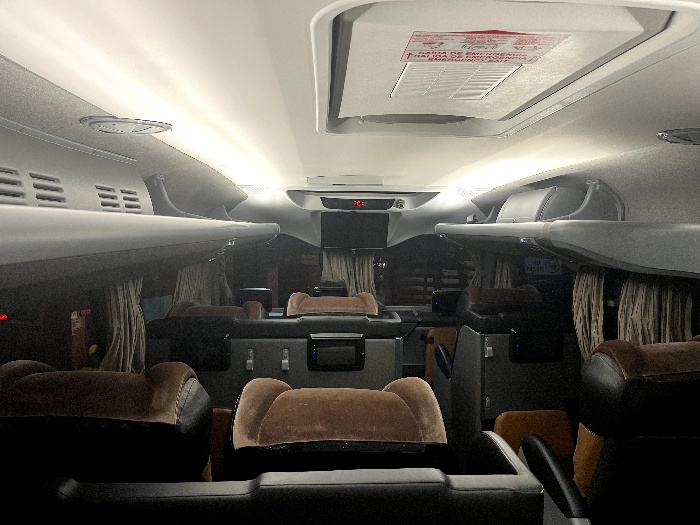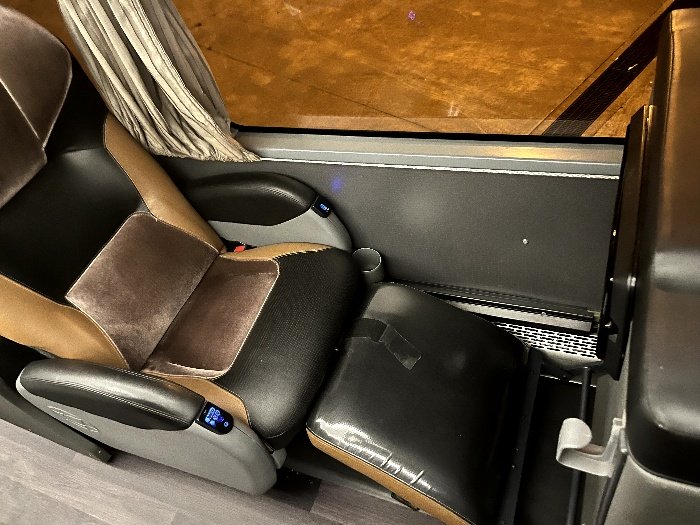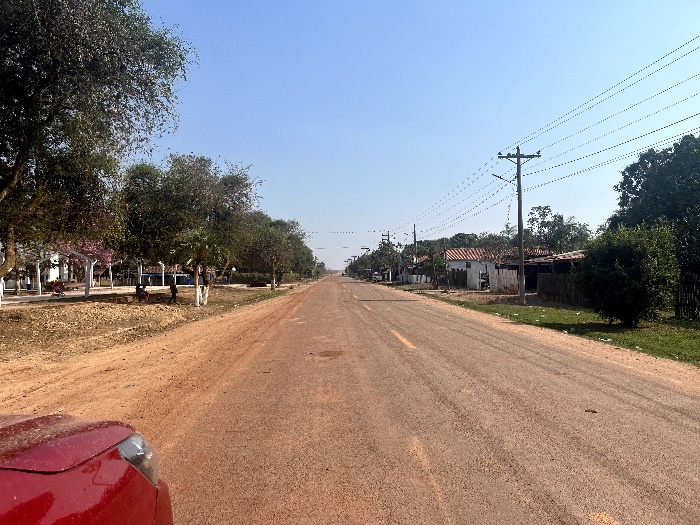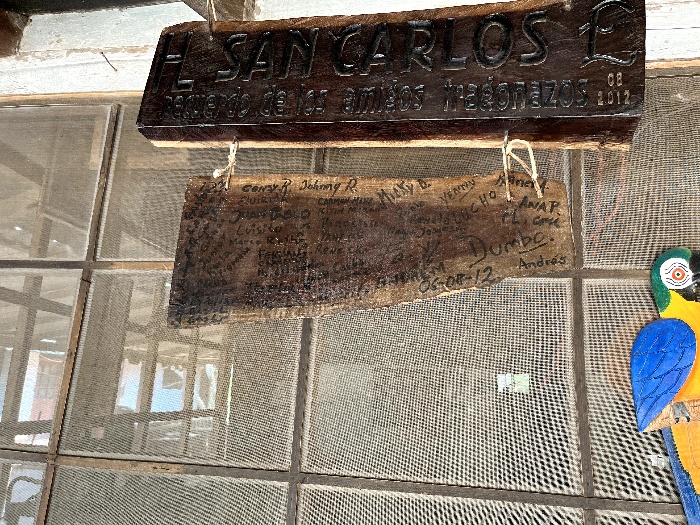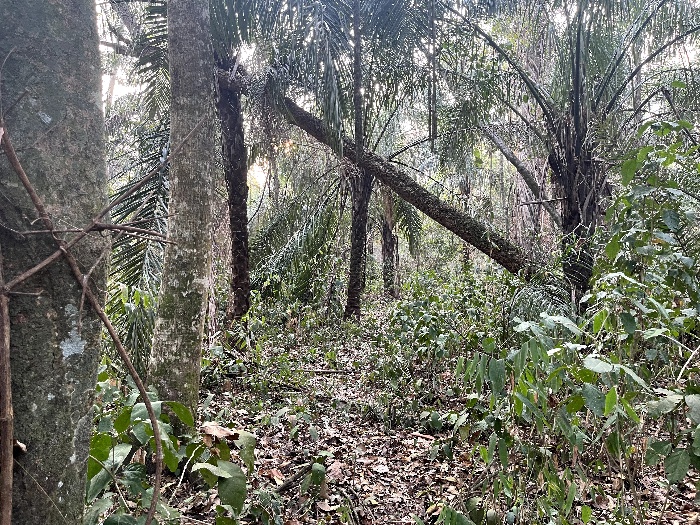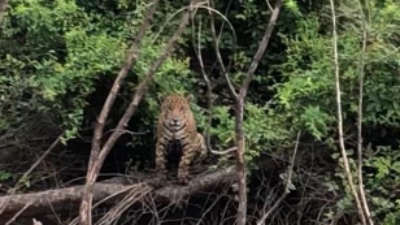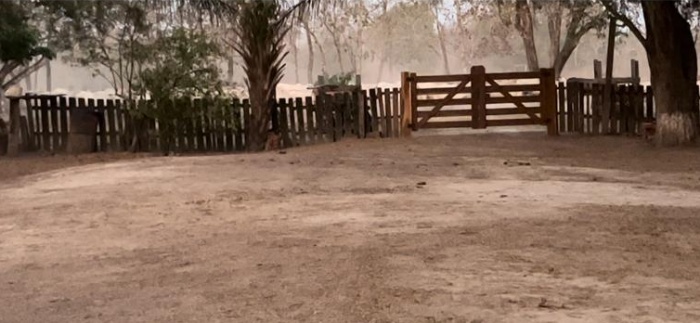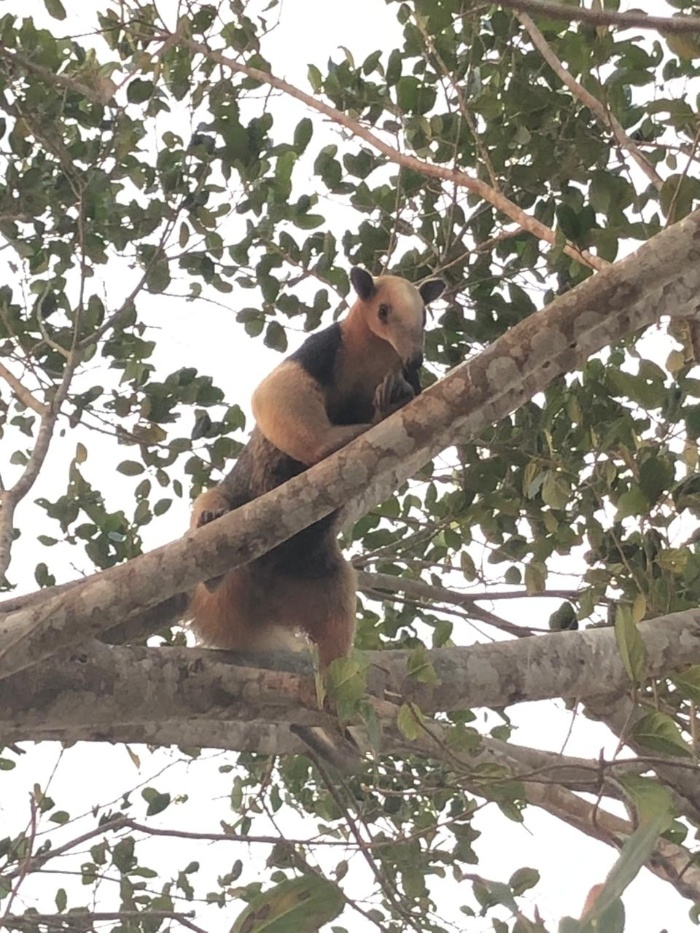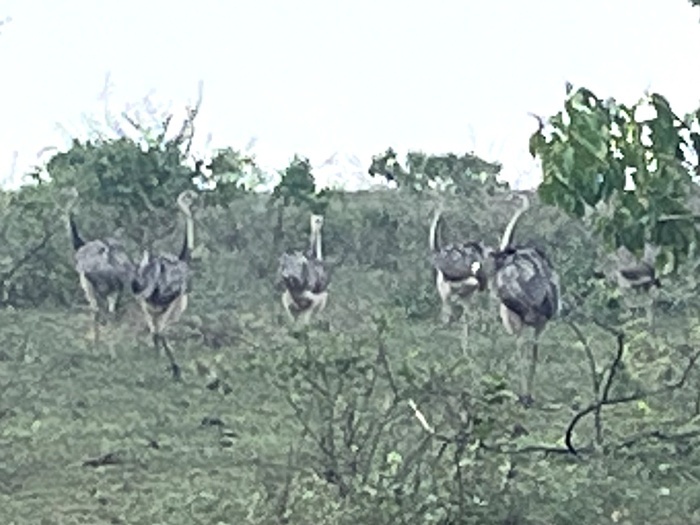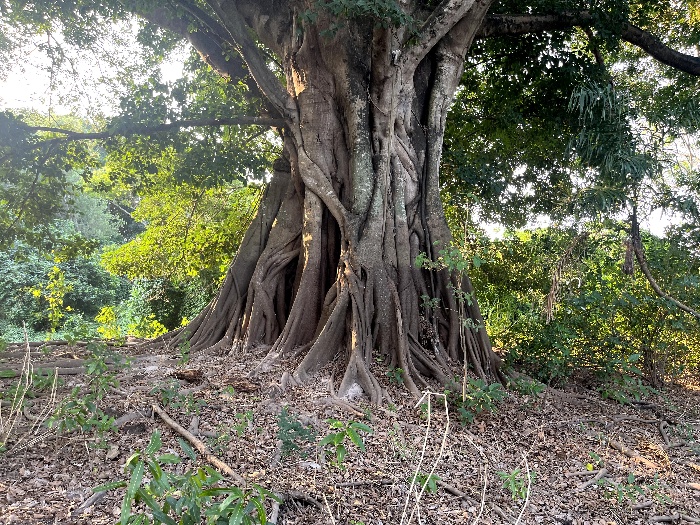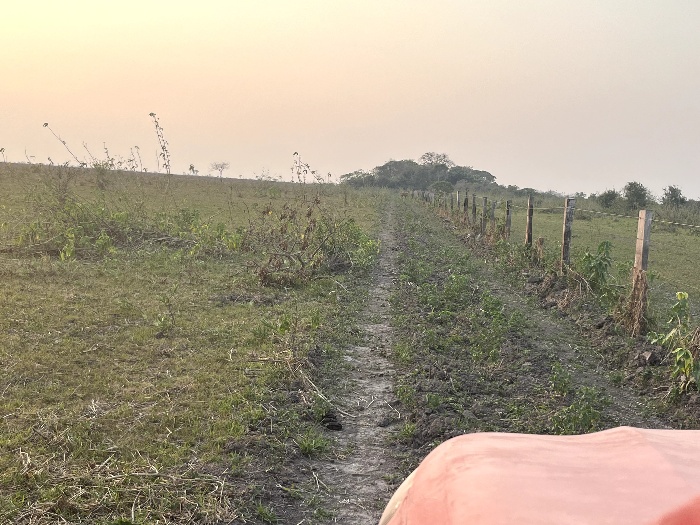Bolivia El Beni Wildlife
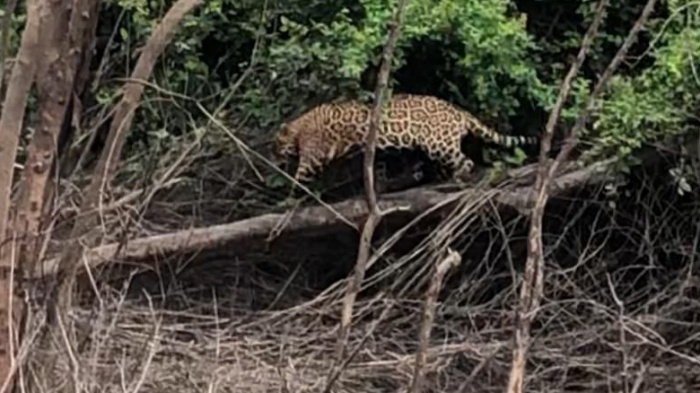
Bolivia El Beni Wildlife
The Beni region is an extensive flat surface, with low population density, located at an altitude of around 150 meters above sea level. The largest rivers iof Bolivia and isouth America are in El Beni
The natural habitat of wild animals is more extensive than in this region of Bolivia. But this habitat is rapidly shrinking due to the rapid growth of livestock and the trend towards agriculture.
The price per hectare has increased, especially the higher areas. The islands of forest in the pampas and the jungle on the banks of the rivers are a great refuge for wild animals since cattle do not enter much these areas.
Also because of cattle grow, the practice of the "Atajados" is a very common way or work. In the dry season, some farmers, due to the lack of places where the cattle can drink water, they cut off the circulation of the little current that remains in some rivers, causing dry stretches in the rivers, which is a trauma in the normal provision of water, especially for the Wildlife of Beni
In all this panorama, the potential that El Beni has for eco-tourism specialized in wild animal observation, is a lifeline that is necessary and essential It is may be the only way to save hundreds of species,otherwise the best of El Beni will disappear as it is already being experienced.
Combining
Ecotourism and Cattle Grow
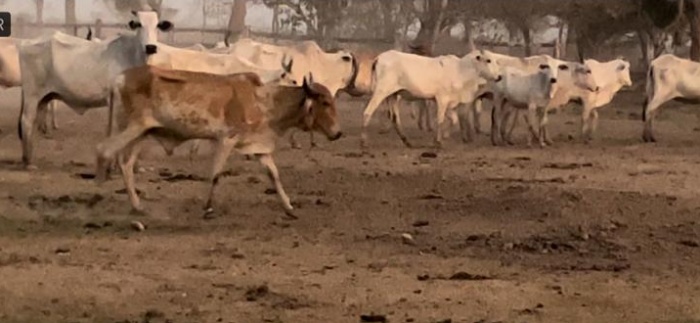
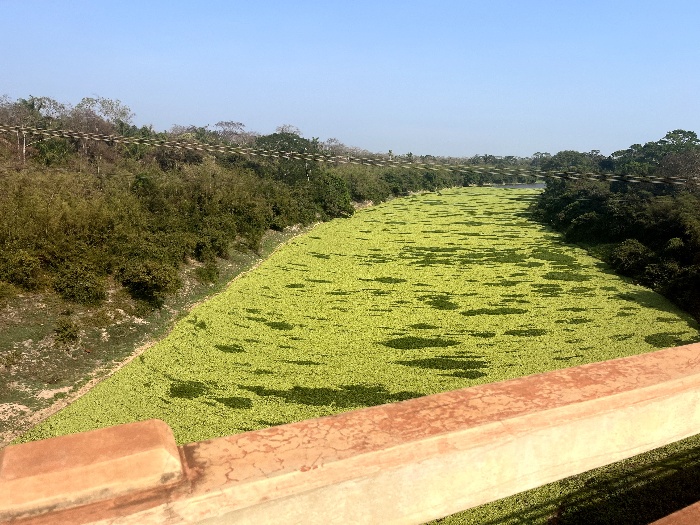
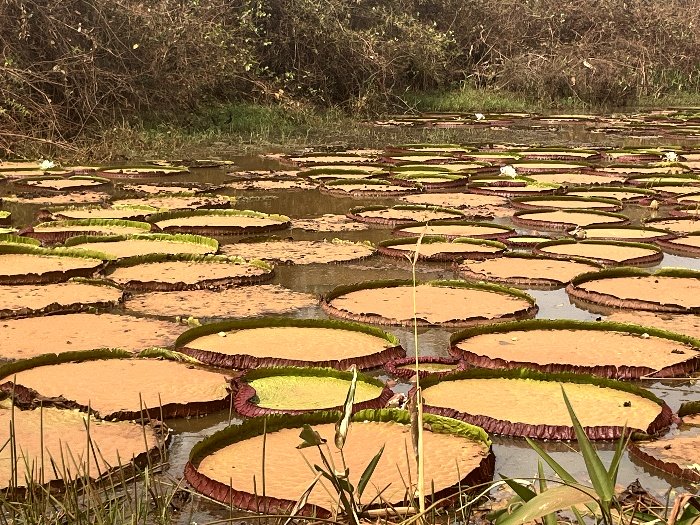
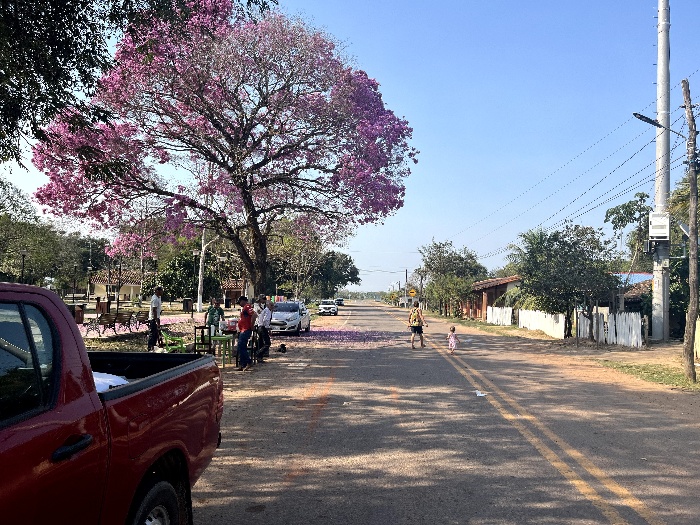
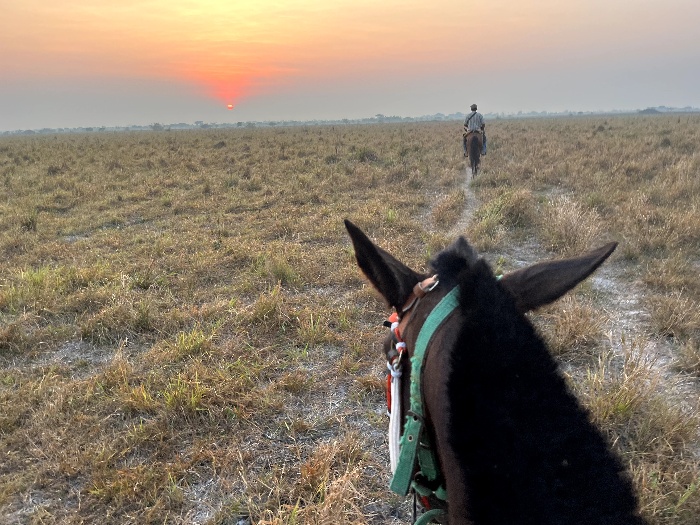
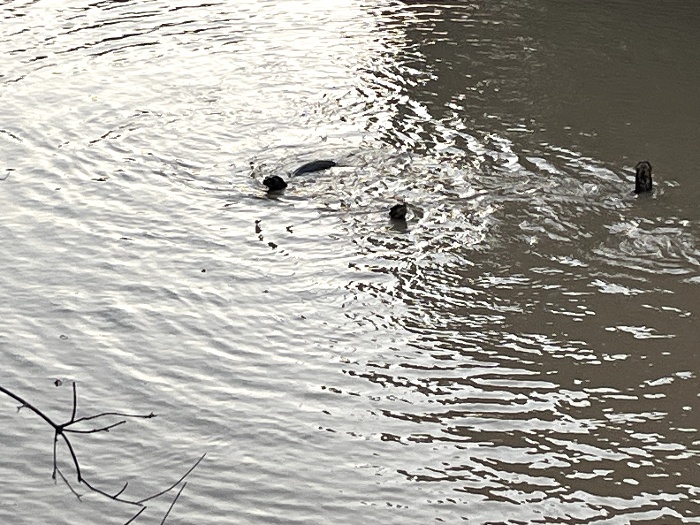
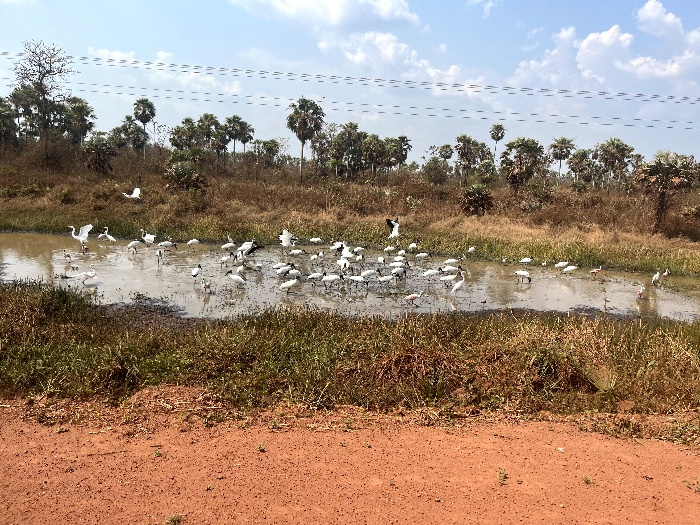
The importance of Bolivia El Beni Wildlife
It has been sometime since some tour operators / ecotourism entrepreneurs have been visiting ranches or cattle ranches due to the existence of great potential for wildlife in these areas and in search of satisfying the specialized ecotourism market. The observation of wild animals in complete freedom in their natural habitat.
The conditions for the development of ecotourism in combination with livestock in the ranches can be a bit harsh for tourists due to the conditions of the access roads, along with other factors such as the lack of infrastructure in some ranches. Therefore, the figure of ecotourism specialized in observing mammals is necessarily complemented by an adventure tourism totally OFF THE BEATEN TRACKS because it is not a well-known or frequented route, and almost all of it does not appear in the travel guides of the travelers in or out of Bolivia
If the persistence of the tour operators subsists and if the owners of these ranches perceive the economic/environmental importance of tourism, and they try to make the new activity to work keeping in mind that ecotourism almost absolutely does not impede the maintenance of theri cattle groo business.
The owners of the Estancias could charge for each service and also for each visitor attractive prices for a market of visitors starting with tourists who have a medium payment capacity and not only those who have or are with a high budget for the observation of wild animals.. It is thus that the market expands enormously and tourism would be available all year round, with a great multiplier effect for all the actors, especially for ranchers and for the Bolivia El Beni Wildlife
Bolivia El Beni Wildlife
Bolivia El Beni Wildlife
The most outstanding and well-known of the Beni wildlife are; caimanes negros (Melanosuchus niger) Mamíferos oso bandera (Myrmecophaga tridactyla) y el oso oro (Tamandua tetradactila) se encuentran distribuidos tanto en bosques como en las sabanas. En los bosques sobresale la fauna arborícola, perezosos y los osos hormigueros. Marimono (Ateles chamek), manechi colorado (Alouatta seniculus), silbador (Cebus libidinosus), chichilo (Saimiri boliviensis), Callicebus olallae, C. modestus y manechi negro (Alouatta caraya), el tejón (Nasua nasua), el oso melero (Eira barbara), el oso oro (Cyclopes didactylusk), el perezoso de tres dedos (bradypus variegatus). En el sotobosque se encuentran el jaguar (Panthera onca), el tigrecillo (Leopardus pardalis), el yaguaroundi (Herpailurus yagurondi), y el margaí (Leopardos wiedii), el tropero (Tayassu pecari), el taitetú (Pecari tajacu), el anta (Tapirus terrestris). Entre otros grupos de bosques se encuentra el pejichi (Priodontes maximus), el jochi pintado (Cuniculus paca), el jochi colorado (Dasyprocta punctata), la urina (Mazama gouazoubira) y el huaso (Mazama americana)
In the savannahs they are represented by herbivores such as the maned wolf (borochi) (Chysocyon brachyurus), el oso bandera (Myrmecophaga tridactila), el ciervo de pantanos (Blastocerus dichotomus), el tatú (Dasypus novemcinctus), la capibara (Hydrochaeris hydrochaeris), el zorro oreja corta (Atelocynus microtis), el león (Puma concolor). amango others
Bolivia El Beni Wildlife
Tour Details
- Itineraries; 3DD 2NN - Dry Season
- Photos
- Maps
- Estancia San Carlos
- Rio Negro
- Bolivia El Beni Wildlife; What to Bring ?
Standard Itinerary
3 Days 2 Nights - Dry Season
Standard Itinerary
3 Days 2 Nights - Dry Season
Bolivia El Beni Wildlife
From Trinidad 3 Days 2 Nights
Departure by car from Trinidad at 07:00 a.m. to take advantage of the freshness of the morning and to have more chances of seeing some wildlife along the way. Sometimes is possible to observe toucans in this square
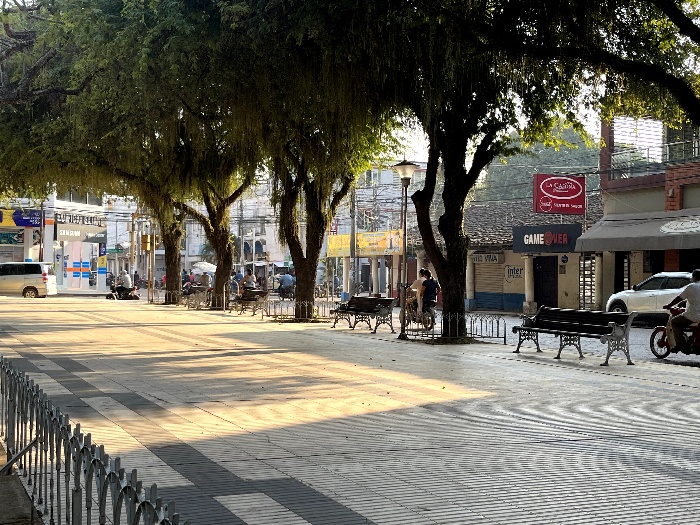
After approximately 1 hour of travel and with a bit of luck you will have the opportunities to observe some wildlife like, capybaras on the edge of the road and alligators, besides of a large number of others birds

The region of El Beni is made up of swamps / lagoons / natural pampas and rivers, also in some parts of its land has jungle, especially on rivers banks.
It is necessary to be watching on the side of the road during the ride to the destination to have more chances of spotting some wildlife of El Beni
Also during this tour we can find, beautiful landscapes of the nature that are worth to stop to appreciate it for some minutes.

Sometimes it is also possible to appreciate the Bolivian Water Lily on the sides of the road

From Trinidad to one of the estancias or ranchs where we could have programmed this wildlife safari could be about 5 hours by car. But the drive by itself could be a eco-safari.
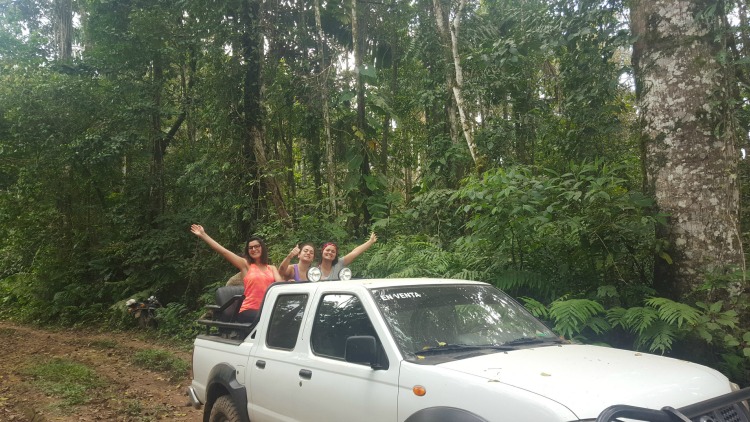
On the way we can stop at the last village before reaching our destination or we can have lunch at the estancia that is going to be our base for this safari Bolivia El Beni Wildlife.
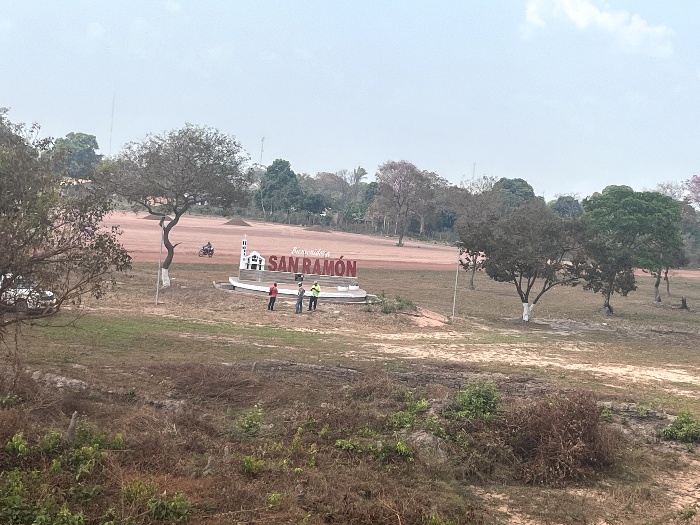
The arrival time to the ranch is expected at about 14H00. We can have a rest of about 2 hours in hammocks or in a room.
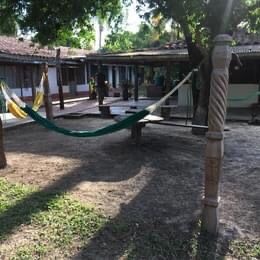
After the rest we can plan a night eco-safari on horses or trekking for about 2 hours to get back to the house for dinner and after dinner we can have another trekking always in search of wildlife. The overnight can be in the rooms to have a good rest.

But to take a better advantage of the time in this destination we have a plan that after arrival and the 2 hours rest we ride the horses or walk for about 2 hours to a good spot next to a river or to a island-jungle in the pampas to stay overnight in camping or hammocks. This increases the chances of spotting a jaguar, a puma or other wild mammals. It is very common to encounter a little cattle killed by a jaguar or by a puma
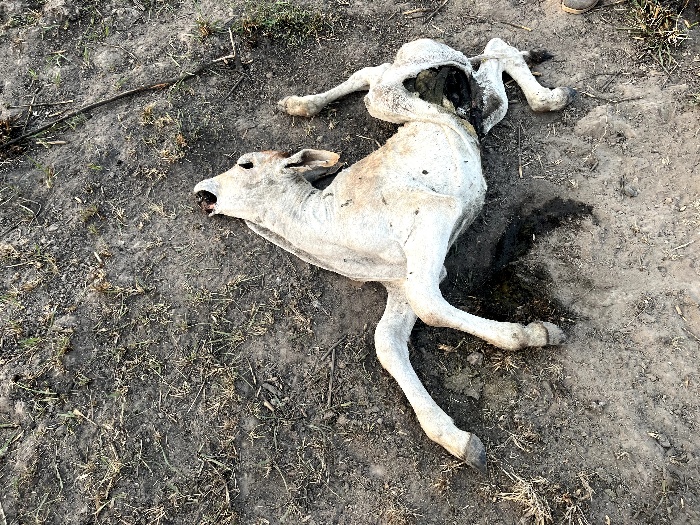
At night, after dinner we start a walk in the surroundings with good possibilities of seeing fauna.
2nd Day
Before breakfast at about 5 a.m. we should try our chances going for a trekking for about 2 hours.

Breakfast at the camping site And then we should go back by horse or walking to the house of the ranch.
At the house we are going to have lunch and rest until 16H00. The next destination of this evening should be a different place to spend the second night in camping or hammocks.
Once in the camping spot we plan the next activities by now we should have seen some animals already, so our plan for trekking should be about the same, a short night walk after dinner and another very early trekking l before breakfast
The exact time for the trekking and for how long are the walks is something that wil be programmed the day or nigh before and it will depend on the weather conditions and other factors.
Overnight in campsite
3rd day
Before breakfast, another very early walk is very important, taking advantage of the freshness of the morning to try to see animals.
The return to the estancia should be about 10H. After breakfast we should prepare the return to Trinidad by the same route. We may have lunch at the ranch or in the next village about 2 hours away.
The way back to the city also represents a great chance to see birds and mammals of Bolivia El Beni Wildlife
It is estimated to return to Trinidad at approximately 6:30 p.m.
End of the eco-safari Bolivia El Beni Wildlife.
What to Bring ?
What to bring?
Trips for the observation of the Wild Fauna of Beni
(Do not bring things that you will not need during the trip)
- TAKE INTO ACCOUNT THAT FOR THIS TRIP IN DRY SEASON WE SHOULD TAKE FOR THE TREKKING TWICE AS MUCH WATER THAN FOR OTHER LESS HOT PLACES
- Sunscreen
- Cap or Hat- (Be careful! DO NOT USE UNDER THE TREES OR BRANCHES!)
- Sunglasses
- Something to protect yourself from rain or cold. Although the wheather is hot and it hardly rains in the dry season
- Special shoes for the jungle.
- Sandals to rest from shoes
- Stockings to be changed at least once a day.
- Insect repellent
- Shirt and long pants Thick enough to protect against insects (Light colors (Mosquitoes are attracted to dark colors)
- Personal Identification Documents. (Original) IN WATERPROOF BAGS
- Special medications for your person
- Plastic bags for things that should not get wet
- Let us know if you have any food preferences
- Your favorite snacks
Overnight in campsite; Large backpack, camping (Tent), Mat, Sleeping bag. IF YOU DO NOT HAVE CAMPING EQUIPMENT, NOTIFY SO THAT IT IS PROVIDED
- Objects for personal use; Towel, toilet paper +. Chargers, Batteries
- Hand and head lamps - With batteries
- Mosquito net for the head (Very useful if repellent is not used for the face)
- Sufficient clothing and a pair of trousers that become shorts and dry quickly.
Look up details
Home > Guided Tours In Bolivia > Bolivia El Beni Wildlife
